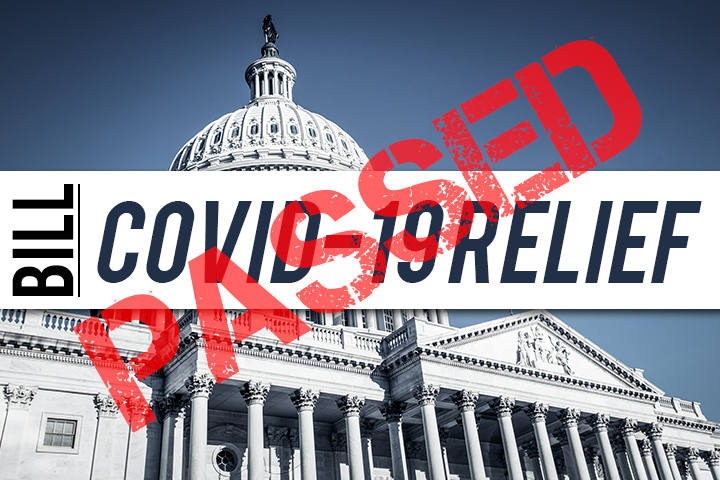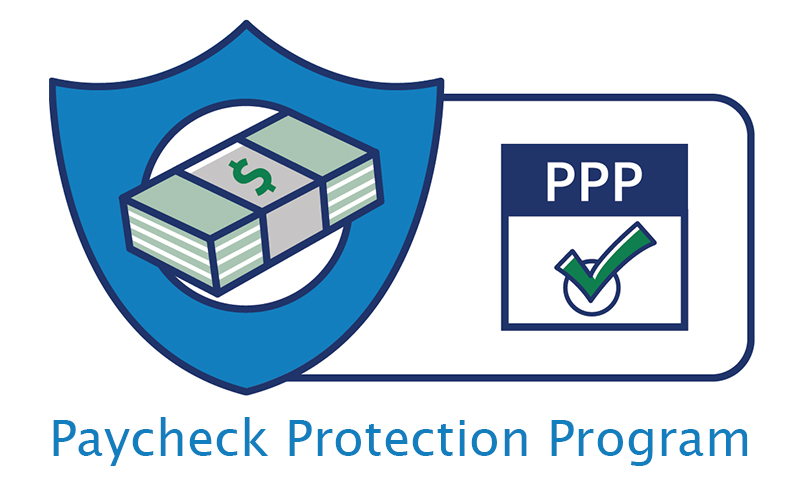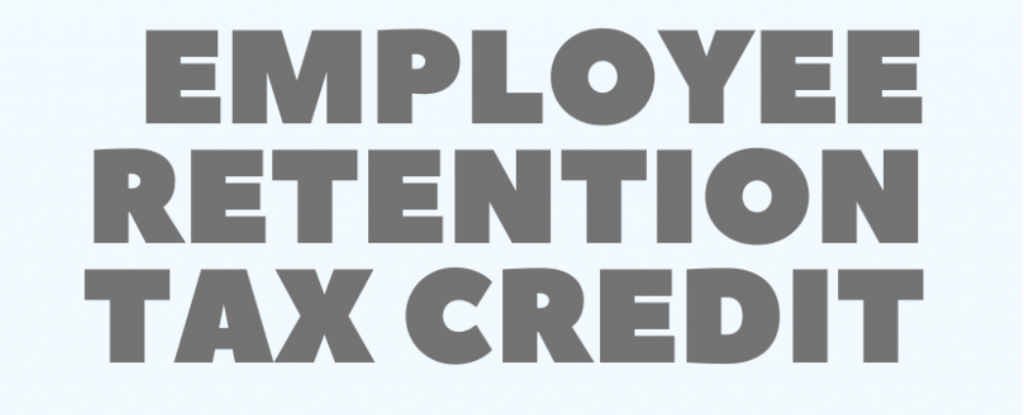 As a follow-up to the CARES Act passed in March 2020, new COVID Relief Legislation was signed into law by the President on December 27, 2020. The new law provides for several additional relief measures to assist individuals and businesses coping with the continuing negative impacts of the pandemic, though this article will focus primarily on the benefits for businesses.
As a follow-up to the CARES Act passed in March 2020, new COVID Relief Legislation was signed into law by the President on December 27, 2020. The new law provides for several additional relief measures to assist individuals and businesses coping with the continuing negative impacts of the pandemic, though this article will focus primarily on the benefits for businesses.
Individuals
Stimulus checks in the amount of $600, or $1,200 for married couples, will be issued soon by the IRS as a result of the new law. The check amount also increases by $600 for each dependent under the age of 17, but the total begins benefit will phase down at a 5% rate for individuals making over $75,000 annually or married couples earning more than $150,000 annually. As you likely heard in the news, the President had urged legislators to increase the individual amount to $2,000 and further efforts ensued, however, nothing further has resulted to date.
Businesses
 One of the first and most critical items of the new legislation comes in the form of clarity regarding the popular Paycheck Protection Program (PPP) related to tax treatment of forgiven PPP loans and the related eligible expenses. The eligible expenses for which the PPP loans were made are fully deductible for Federal tax purposes and forgiven PPP loans are not taxable income for Federal tax purposes. This clarity applies to all PPP loans made in 2020 and those made under the second round of PPP loans discussed below.
One of the first and most critical items of the new legislation comes in the form of clarity regarding the popular Paycheck Protection Program (PPP) related to tax treatment of forgiven PPP loans and the related eligible expenses. The eligible expenses for which the PPP loans were made are fully deductible for Federal tax purposes and forgiven PPP loans are not taxable income for Federal tax purposes. This clarity applies to all PPP loans made in 2020 and those made under the second round of PPP loans discussed below.
The popular PPP program was extended and expanded with the second round of potentially forgivable loans. Below are the highlights of this second round of the PPP program:
- Criteria for a qualified business changed from the original legislation as now only businesses with 300 or less employees are eligible.
- To qualify, businesses also must prove at least a 25% reduction in “gross receipts” in any quarter of 2020 compared to the same quarter of 2019. Guidance on the term “gross receipts” is expected soon.
- Similar to the first round of PPP loans, the maximum amount of the loan is 2.5 months of payroll or $2,000,000, whichever is less. However, PPP borrowers with North American Industry Classification System (NAICS) codes starting with 72 (hotels, restaurants, RV parks and campgrounds) can get up to 3.5 times their average monthly payroll costs, subject to the $2,000,000 maximum.
- Forgiveness rules are primarily the same as before with the requirement that at least 60% of the cost must be spent on payroll.
- Businesses that participated in the first round of PPP loans may participate again in this second round if the qualifying criteria are met.
- Forgiveness amounts will now not be reduced by any EIDL $10,000 grants received by the borrower.
- Though the 60% payroll rule remains, the use of funds was expanded to include costs for perishable goods during the covered period, costs for business software or cloud services that enabled business to operate during the period, costs incurred to comply with health and safety guidelines.
- Payroll definition now includes group life insurance, disability, vision and dental insurance.
- There will also be simplified forgiveness applications for loans less than $150,000 made under either the first or second round of PPP loans.
 Further relief to business comes in the form of extending and expanding the Employee Retention Tax Credit (ERC) as detailed below.
Further relief to business comes in the form of extending and expanding the Employee Retention Tax Credit (ERC) as detailed below.
The ERC deadline was pushed to July 1, 2021, increasing the timeframe for which the credit can be claimed. The legislation also provided retroactive modifications to the ERC program from its inception in March 2020 such that eligible employers can participate in the PPP loan program and the ERC as long as the ERC credits are not claimed on eligible wages paid with forgiven PPP loan proceeds and group health plan expenses, which are not included in an employee’s gross income, can be included as qualified wages. Previously, employers could not participate in the PPP loan program and the ERC program.
With the ERC program extended to July 1, 2021, employers may now claim the refundable credits on wages paid in the first two quarters of 2021. Further changes to the program include:
- The credit rate increased from the previous 50% up to 70%
- The previous $10,000 annual limitation per employee was increased to $10,000 per employee per quarter, therefore based on the extension of the first two quarters of 2021, total credits per eligible employee increased from $5,000 to $14,000 in 2021.
- The criteria for eligible businesses also changed with the gross receipts test for eligibility now only a 20% reduction in business measured quarterly, rather than the previous requirement of a 50% reduction.
- Lastly, businesses with 500 or less employees now qualify for the credit while the previous qualification was business with 100 or less employees
 Other Miscellaneous Changes
Other Miscellaneous Changes
Other miscellaneous changes include the extension of the deadline to December 31, 2021 to repay deferred employee payroll taxes, the extension to December 31, 2023 for the beginning of construction date for business solar energy property and a provision for the full deductibility of business meal expenses incurred in 2021 and 2022 for food and beverage provided by a restaurant.
Though the legislation has passed, similar to the first round of COVID Relief, there are some unanswered questions and further details yet to be provided by the SBA in the coming days. Loan application forms are not finalized or available yet either. We will monitor progress on these details very closely and keep you informed as best we can on these developments. With this being the second round of PPP loans and due to additional qualifying criteria and lower caps on the loan amounts, the demands on this process and the frenetic atmosphere of potentially running out of funding in the first round of PPP are not expected to be repeated. However, there are steps you can take now to prepare yourself to be ready when the time comes.
- As always, the new legislation is quite lengthy and complex so we do recommend you consult your banker and tax professional to fully understand the details of how this expanded and extended legislation impacts your particular situations.
- Determine whether or not you qualify for either the ERC or a PPP loan, or both.
- Compile the relevant information to make your evaluations.
- Gather the appropriate documentation for the loan application and forgiveness, if available.
- Discuss options for which lending institution to use.
We certainly encourage you to evaluate these new options for additional relief from the impacts of the pandemic.